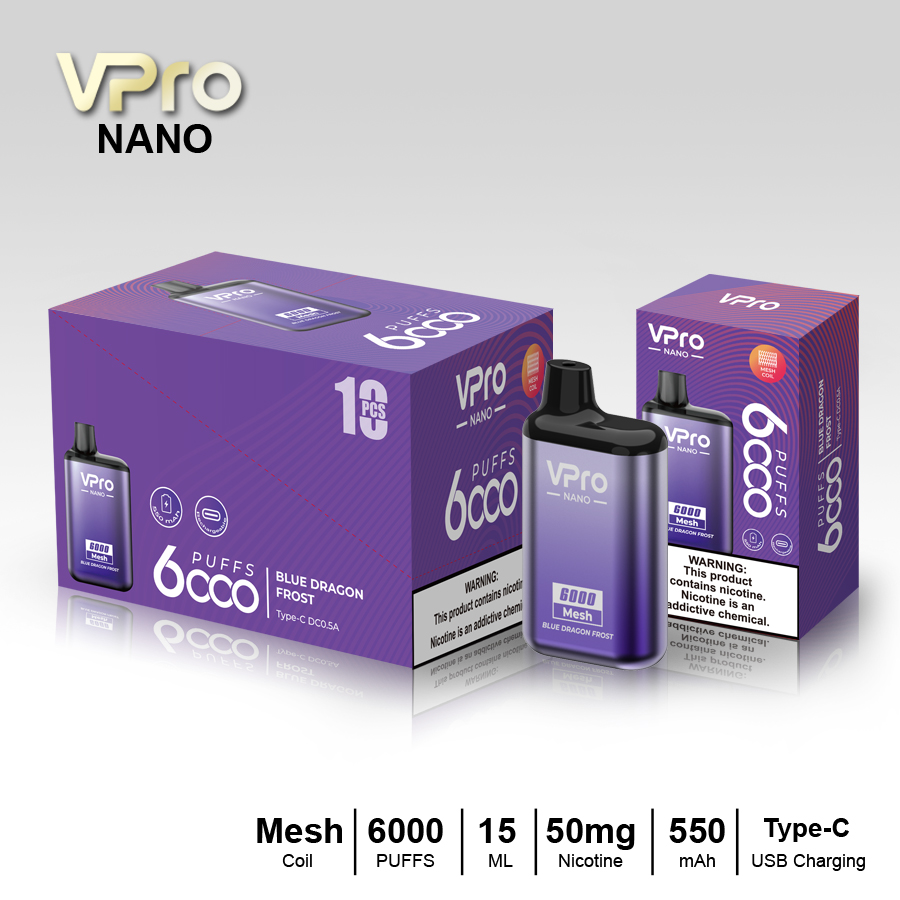您的购物车目前是空的!

The U.S. vape market in 2024 has witnessed a significant shift, with illegal disposable vapes now dominating the industry. According to recent data, illegal products account for over 60% of the market, with some estimates suggesting this figure could be as high as 80%. This surge in illicit activity has led to a 12.3% decline in legal vape sales, despite a 17.6% increase in the number of vape users, which now stands at 20 million. These trends highlight the challenges faced by regulators, manufacturers, and retailers in maintaining a compliant and orderly market.
As the vape industry continues to evolve, the rise of illegal disposable vapes, coupled with stricter regulations and flavor bans, has created a complex landscape. This article delves into the key developments shaping the U.S. vape market in 2024, explores the factors driving the decline in legal sales, and examines the implications for businesses and consumers.
The Rise of Illegal Disposable Vapes
Market Dominance
Illegal disposable vapes have become the dominant force in the U.S. vape market, capturing an estimated 60-80% of total sales. These products, often sold through unregulated independent retailers and online platforms, bypass FDA regulations and undercut legal manufacturers by offering cheaper, unapproved alternatives.
Why Are Illegal Vapes Thriving?
- Lower Prices: Illegal vapes are typically sold at a fraction of the cost of FDA-approved products, making them more appealing to price-sensitive consumers.
- Flavor Availability: Many illegal vapes offer fruit-flavored and other banned flavors, which remain popular among users despite regulatory restrictions.
- Lax Enforcement: The FDA’s limited resources and the sheer volume of illegal products have made it difficult to enforce compliance effectively.
FDA Approvals and Regulatory Challenges
Limited Impact of FDA Approvals
As of December 2024, the FDA has granted marketing orders to only 34 vape products, which collectively account for a mere 2% of the total market. While these approvals represent a step forward in ensuring product safety, their limited scope has done little to curb the proliferation of illegal vapes.
State-Level Regulations
In response to the growing issue of illegal vapes, 24 states have proposed registration laws requiring manufacturers to register their products before sale. Of these, 6 states have already enacted such legislation. However, the effectiveness of these laws remains uncertain, as legal challenges have stalled implementation in states like Utah and Iowa.
Flavor Bans and Their Impact
Additional flavor bans at the state and local levels, such as the one in Columbus, Ohio, have further complicated the regulatory landscape. While these bans aim to reduce youth vaping, they have also driven consumers toward illegal products that continue to offer banned flavors like fruit-flavored vapes.
Declining Legal Sales and Shifting Consumer Behavior
Sales Data Highlights
According to Circana, a leading market research firm, the legal vape market in traditional retail channels experienced a 9.1% decline in value and a 12.3% drop in volume in 2024. This decline occurred despite a 17.6% increase in the number of vape users, indicating a shift in consumer purchasing behavior.
Factors Driving the Decline
- Illegal Competition: The availability of cheaper, unregulated products has drawn consumers away from legal vapes.
- Flavor Restrictions: Bans on fruit-flavored vapes and other popular flavors have reduced the appeal of legal products.
- Economic Pressures: Rising inflation and economic uncertainty have led consumers to seek more affordable alternatives.
Growth in Vape Accessories
While traditional vape sales have declined, the vape accessories subcategory has seen a 18.6% increase in value. This growth is likely driven by the rising popularity of cannabis vapes, which often require compatible accessories.
Implications for the Vape Industry
Challenges for Legal Manufacturers
The dominance of illegal vapes poses significant challenges for legal manufacturers, who must compete with cheaper, unregulated products while adhering to strict FDA guidelines. To remain competitive, manufacturers may need to focus on innovation, product differentiation, and educating consumers about the benefits of FDA-approved products.
Opportunities for Compliance
Despite the challenges, the regulatory environment also presents opportunities for businesses that prioritize compliance. By aligning with FDA standards and state-level regulations, manufacturers can build trust with consumers and position themselves as leaders in the legal vape market.
Consumer Education
Educating consumers about the risks of illegal vapes and the benefits of FDA-approved products is crucial. Legal manufacturers should emphasize the safety, quality, and reliability of their products to attract consumers who might otherwise turn to illegal alternatives.
The Future of the U.S. Vape Market
Strengthening Enforcement
To address the rise of illegal vapes, the FDA and state regulators must strengthen enforcement efforts. This could include increased inspections, stricter penalties for non-compliance, and greater collaboration with law enforcement agencies.
Expanding FDA Approvals
Expanding the number of FDA-approved vape products could help level the playing field for legal manufacturers. By streamlining the approval process and providing clearer guidelines, the FDA can encourage more businesses to enter the legal market.
Balancing Regulation and Innovation
Regulators must strike a balance between protecting public health and fostering innovation in the vape industry. Policies that encourage the development of safer, more effective products while addressing youth vaping concerns will be key to the industry’s long-term success.
Latest Posts
- The Truth About Vaping: Health Risks of E-Cigarettes and Fruit Flavored Vape Products

- Russia’s New Vape Retail Licensing System: What It Means for the Global E-Cigarette Industry

- U.S. Supreme Court Upholds FDA’s Ban on Flavored Vapes: What It Means for the E-Cigarette Industry

- Vaping in Classrooms: UK Teachers Report Growing Epidemic Among Schoolchildren

- UK Authorities Seize £26,000 in Illegal Vapes & Tobacco: Crackdown Intensifies on Unregulated E-Cigarette Trade


